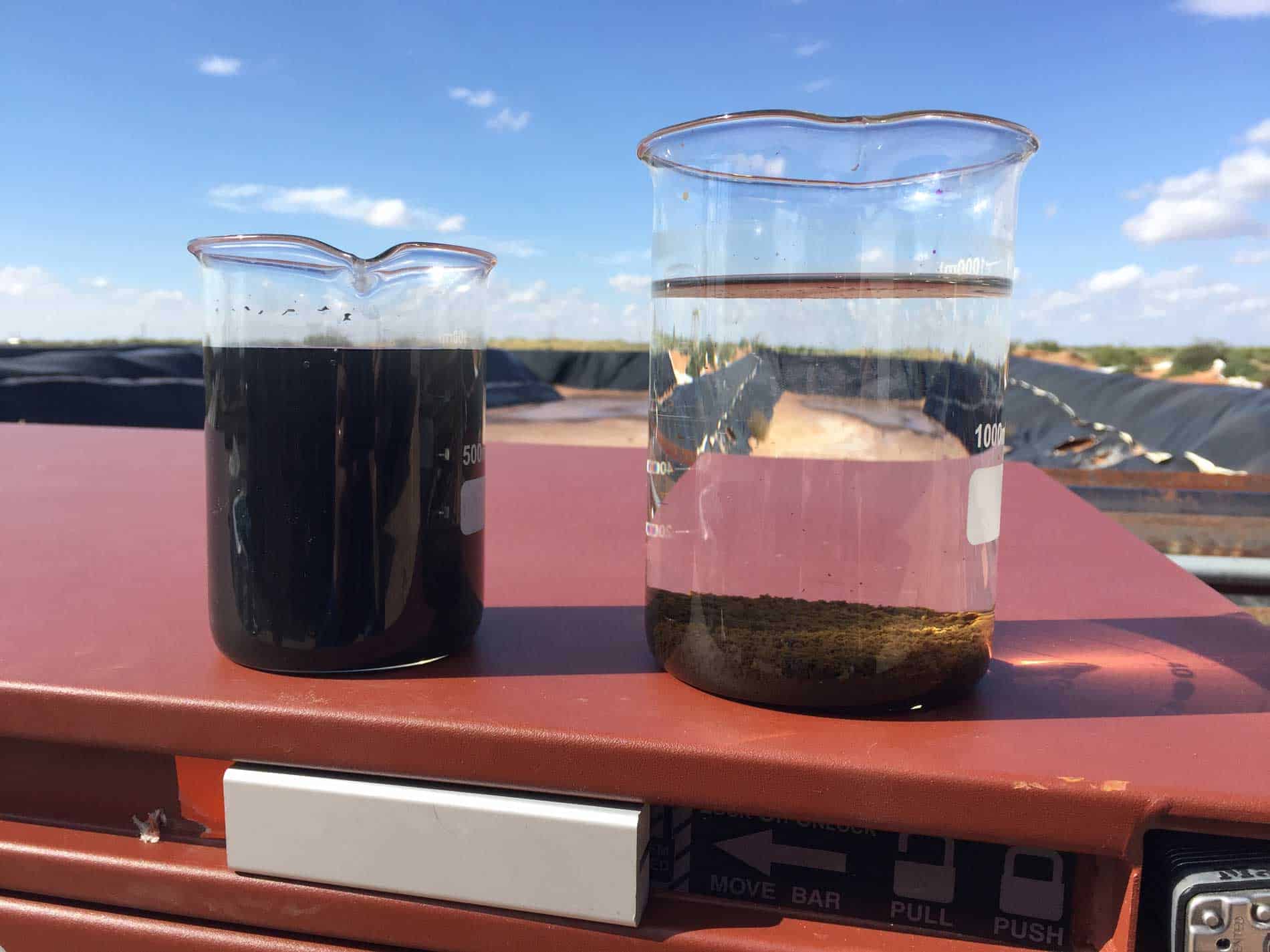ISO 11885 Trace Elements in Water by ICP-OES Test
The ISO 11885 standard is a widely recognized international guideline for the determination of trace elements in water using Inductively Coupled Plasma Optical Emission Spectrometry (ICP-OES). This method provides accurate and reliable quantification of trace metals, which are crucial for ensuring compliance with environmental regulations and quality standards.
The primary application of this test is to analyze produced water from oil & gas operations. Produced water can contain a wide range of elements including boron, nickel, chromium, and vanadium, among others. These elements can have significant impacts on the environment and human health if not properly managed. By conducting this analysis, operators in the oil & gas sector ensure that their processes are environmentally sustainable and meet regulatory requirements.
The ICP-OES method is particularly advantageous for its ability to detect trace elements at very low concentrations—parts per billion (ppb) or even parts per trillion (ppt). This sensitivity is essential when dealing with produced water, where the presence of these elements can be minute yet critical. The test involves several steps: sample preparation, which includes filtration and digestion; loading into the ICP-OES instrument; and finally, data analysis.
The instrumentation used in this process typically consists of a high-resolution ICP-OES spectrometer capable of detecting multiple elements simultaneously. The system is equipped with a peristaltic pump for automatic sample introduction, a plasma torch, and a detector that captures the light emitted by the excited atoms or ions. The data generated from the instrument is analyzed using specialized software to provide precise concentrations of each detected element.
The ISO 11885 standard specifies stringent acceptance criteria for the detection limits and precision of the test method. These criteria ensure that results are consistent and reliable across different laboratories. Compliance with these standards not only enhances the credibility of the testing process but also supports robust decision-making in the oil & gas industry.
For quality managers, compliance officers, R&D engineers, and procurement professionals involved in produced water management, this test is an indispensable tool. It helps in optimizing processes, ensuring regulatory compliance, and minimizing environmental impacts. By adhering to ISO 11885, organizations can demonstrate their commitment to sustainable practices and maintain a competitive edge in the global market.
| Element | Detection Limit (ppb) | Precision (%) |
|---|---|---|
| Boron | 0.5 | <2 |
| Nickel | 0.1 | <3 |
| Copper | 0.2 | <4 |
| Molybdenum | 0.5 | <6 |
The table above provides a snapshot of the detection limits and precision for various elements as per ISO 11885. These parameters are critical in ensuring that even minute concentrations of trace elements can be accurately measured.
Scope and Methodology
The scope of the ISO 11885 Trace Elements in Water by ICP-OES Test is comprehensive, covering a wide range of trace elements commonly found in produced water from oil & gas operations. This method is applicable to both fresh and saline waters, making it versatile for different environmental conditions.
- Sample Preparation: The process involves filtration to remove particulates and subsequent digestion using nitric acid to dissolve the sample matrix.
- Instrumentation Setup: Calibration of the ICP-OES instrument with known standards is crucial before any analysis begins. This ensures that the instrument is set up correctly for accurate measurements.
The methodology strictly follows ISO 11885, which outlines detailed procedures for sample handling, preparation, and analysis. The standard also specifies the use of specific reagents and equipment to ensure consistent results across different laboratories. Compliance with these guidelines ensures that the test results are reliable and comparable.
Industry Applications
- Environmental Monitoring: By identifying trace elements in produced water, this test aids in environmental monitoring programs aimed at protecting aquatic ecosystems from contamination.
- Risk Assessment: It helps in assessing the risk of trace element accumulation in soil and groundwater around oil & gas operations.
- Process Optimization: Understanding the trace element content allows for optimization of processes to minimize waste and maximize efficiency.
- Compliance Assurance: Ensures that produced water meets stringent environmental regulations set by governmental bodies worldwide.
The insights gained from this test are invaluable in supporting sustainable practices within the oil & gas sector. It enables companies to make informed decisions regarding their operations, ensuring they operate responsibly and sustainably.
Customer Impact and Satisfaction
- Enhanced Environmental Compliance: Customers can ensure that their produced water complies with stringent environmental regulations, thereby avoiding legal penalties.
- Promoted Sustainability: By reducing the presence of trace elements in produced water, customers contribute to a more sustainable environment.
- Increased Efficiency: The test results help in streamlining processes and improving overall operational efficiency within oil & gas operations.
- Improved Reputation: Demonstrating adherence to international standards enhances customer reputation and trust.
The positive impact of this testing service extends beyond legal compliance; it fosters a culture of responsibility and sustainability. Customers who utilize this service can confidently report their environmental stewardship, which is increasingly important in the global market.





